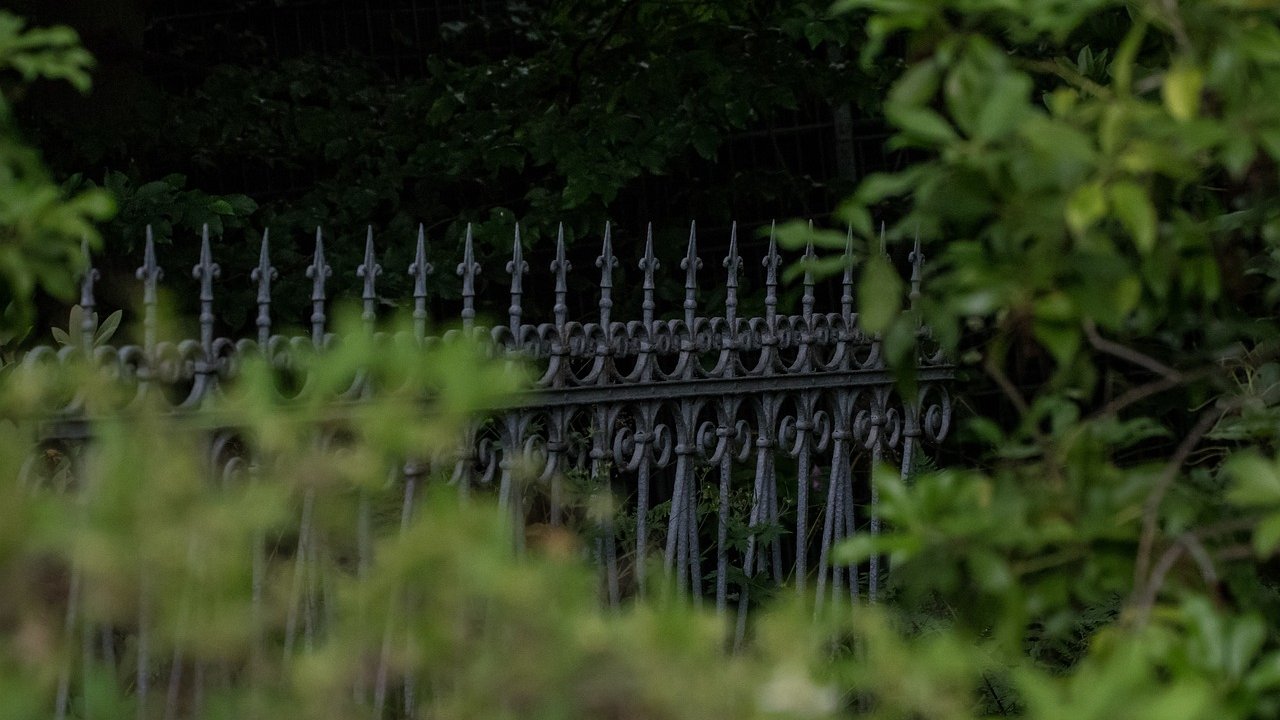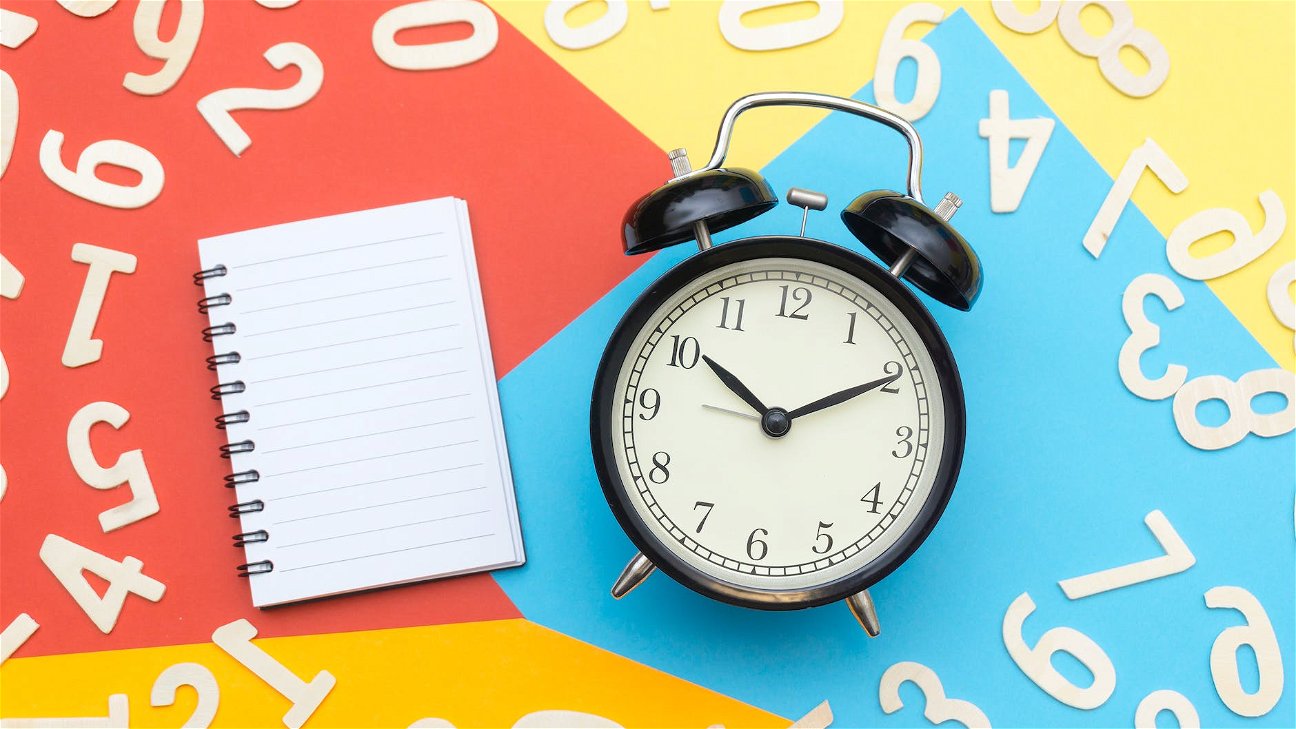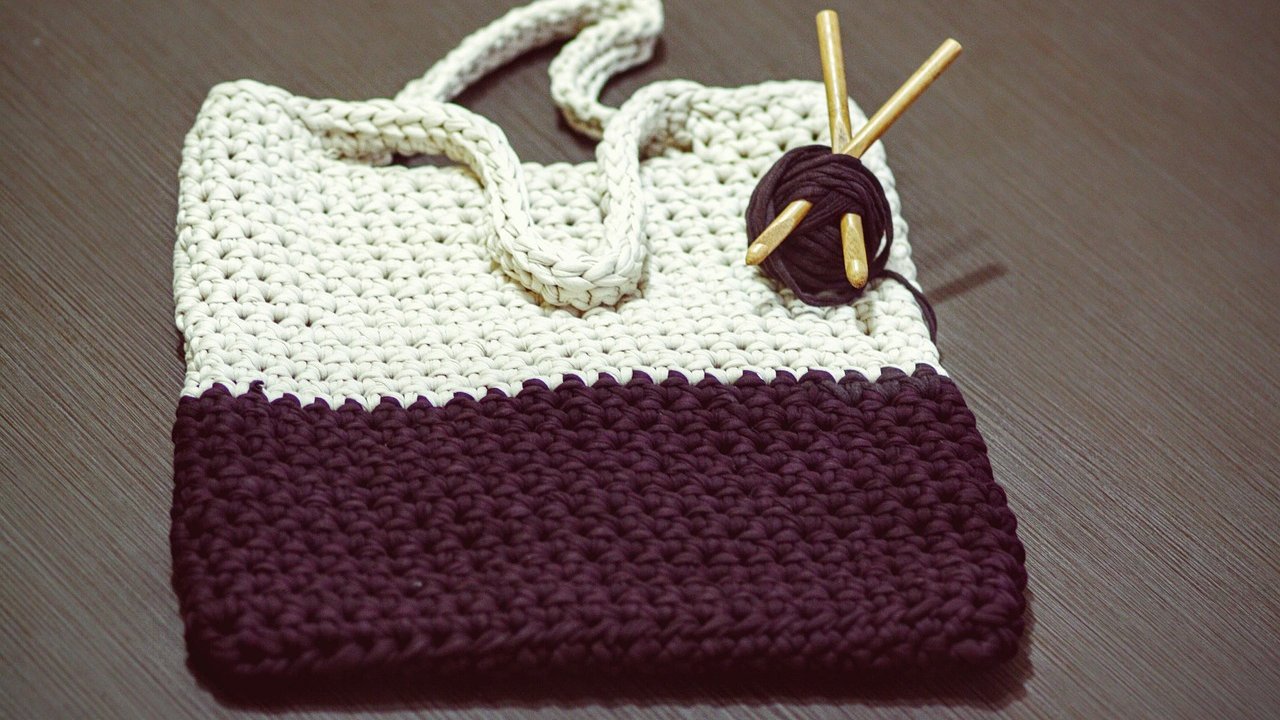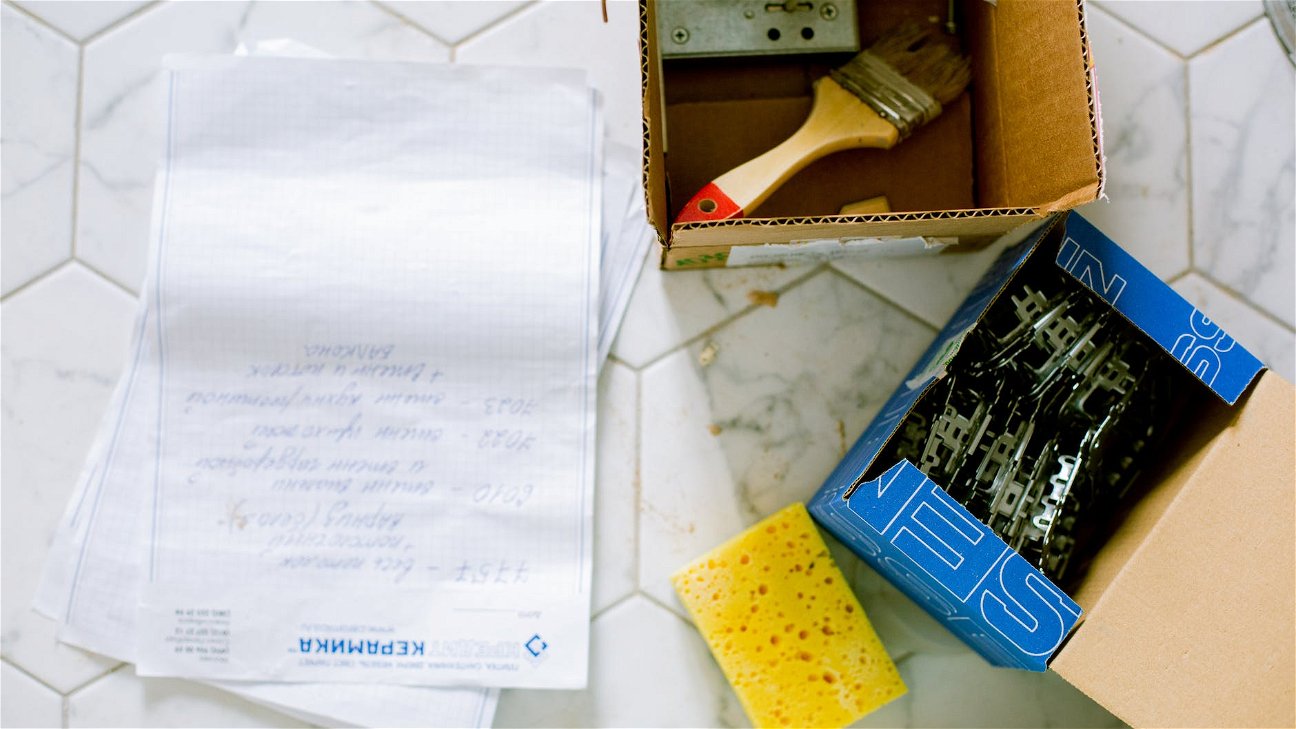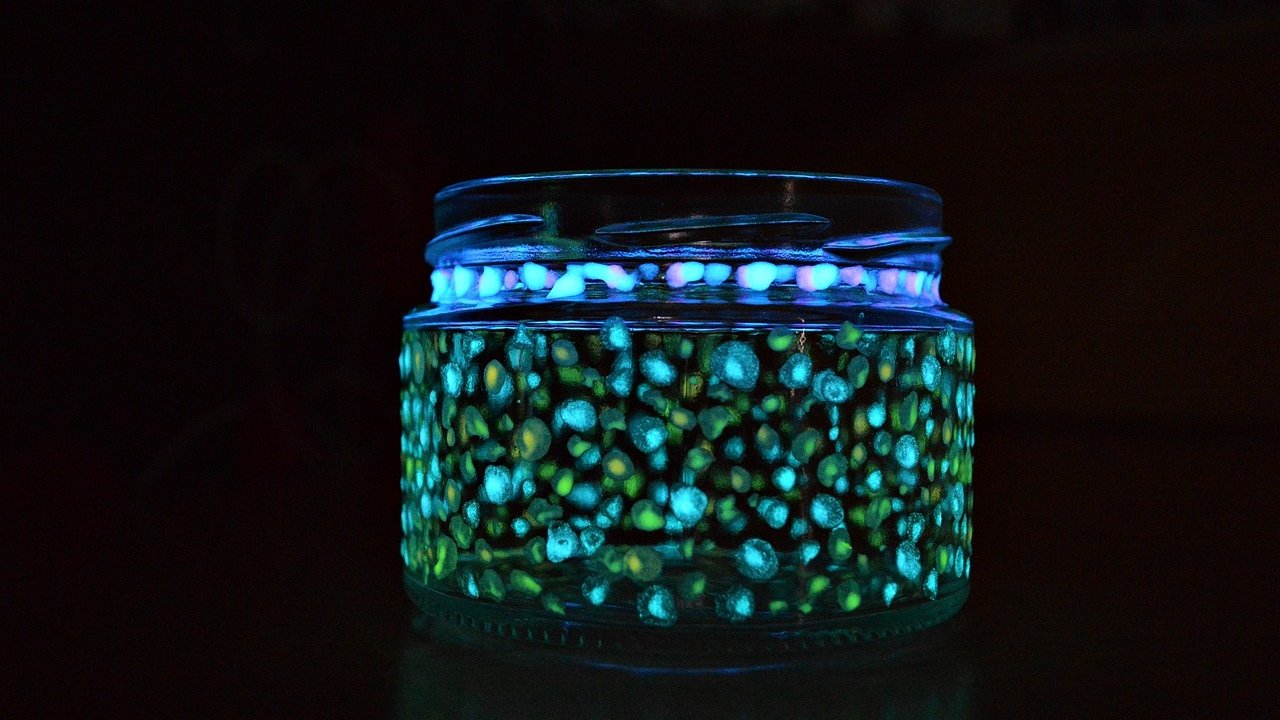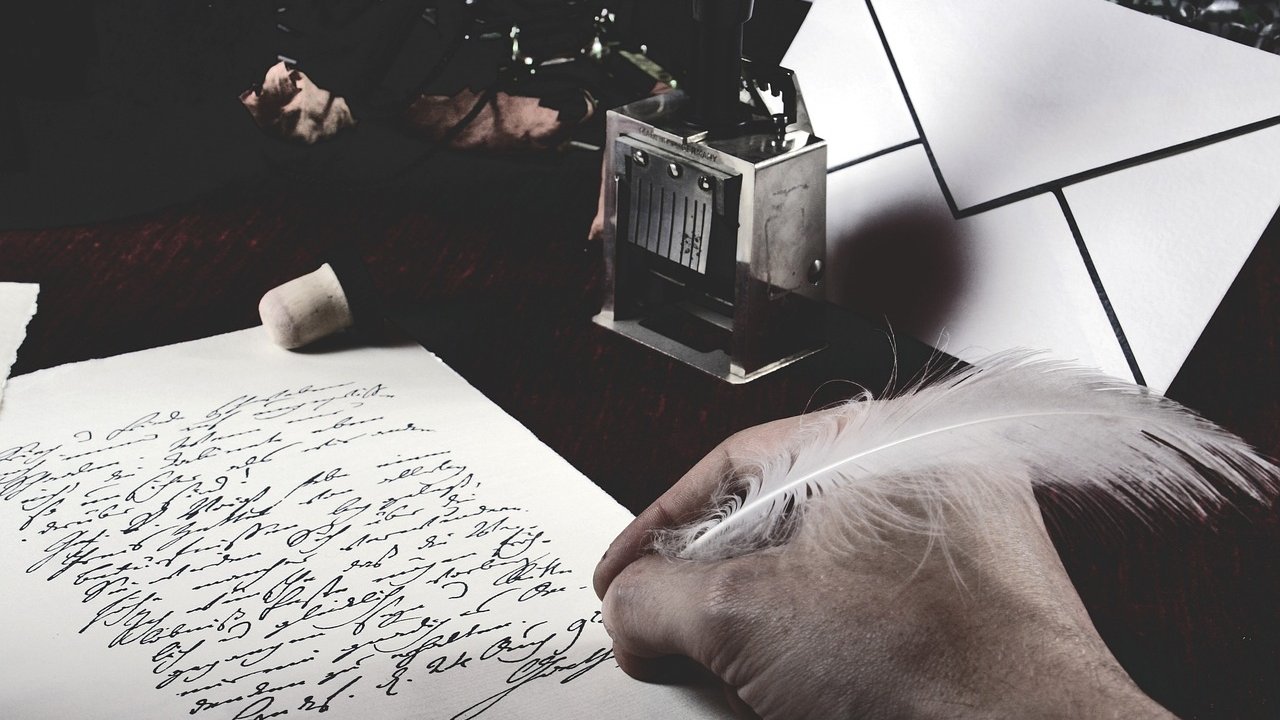
Building your home music studio can be an exciting yet daunting task. You may be overflowing with ideas, gear, and instruments, but not quite sure where to start. In this guide, we will walk through three essential tips to help you set up your home studio efficiently and effectively.
Choose the right equipment
One of the most critical aspects of your home studio setup will be the equipment you choose. But don't worry, you don't need a fortune to get started. Here's a list of the home recording studio equipment that you'll need to get started:
- Computer: Any modern computer should do the job, but it's better if it has a fast processor and a good amount of RAM.
- DAW (Digital Audio Workstation): This is the software you'll use to record, edit, and mix your music. Some popular choices are Ableton Live, Pro Tools, and FL Studio.
- Audio Interface: This device will convert the analog signal from your instruments into a digital signal that your computer can process.
- Microphones: You'll need at least one good quality microphone. Consider the type of recording you'll be doing to decide what kind of mic you need.
- Studio Monitors: Unlike regular speakers, studio monitors provide a flat frequency response, which will give you a more accurate representation of your sound.
Create an optimal space
After you've gathered your equipment, the next step is to create an optimal space for your studio. This involves considering the acoustic treatment and soundproofing for your home studio, as well as the layout and design of your space.
Remember, the purpose of soundproofing is to keep the sound in and the noise out. There are many DIY solutions you can consider, from hanging heavy drapes to installing specially designed acoustic panels.
As for the layout, it's easy to overlook the importance of a comfortable and efficient workspace. Make sure you have space to move around, an ergonomic chair, and a desk at the right height. Consider the location of your equipment and the flow of your workspace. Also, don't forget about the lighting. Good lighting can greatly influence your energy levels and productivity.
Understand the basics of recording and mixing
Now that you have your space and equipment set up, it's time to understand the basics of recording and mixing. It's important to remember that a great song starts with a great performance, so practice your parts thoroughly before hitting the record button.
When it comes to mixing, it's all about balance. Start by setting the levels of your tracks, then move on to EQ, compression, and effects. Experiment with panning to create width in your mix and use automation to add movement and interest.
Remember, setting up your home music studio is just the beginning. The real fun begins when you start creating.
